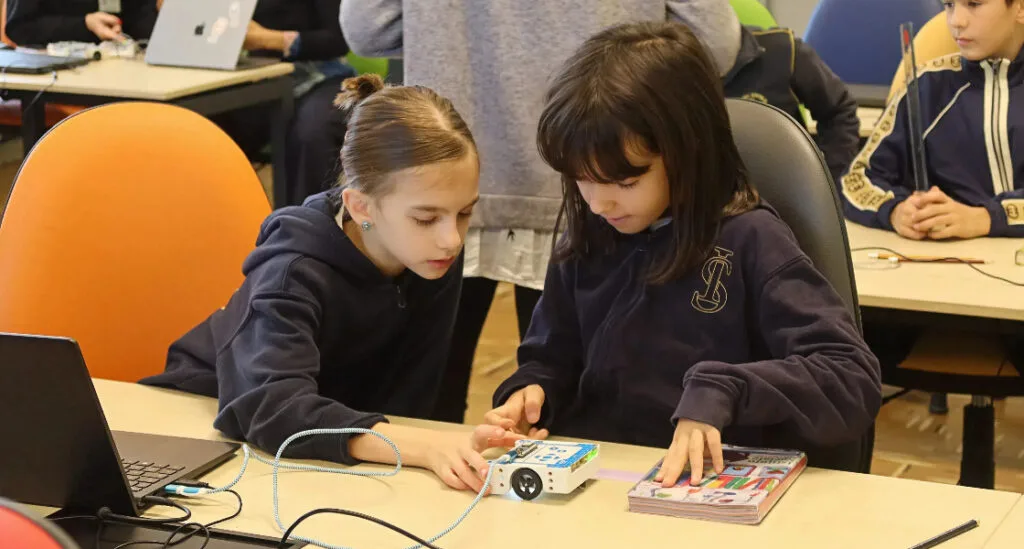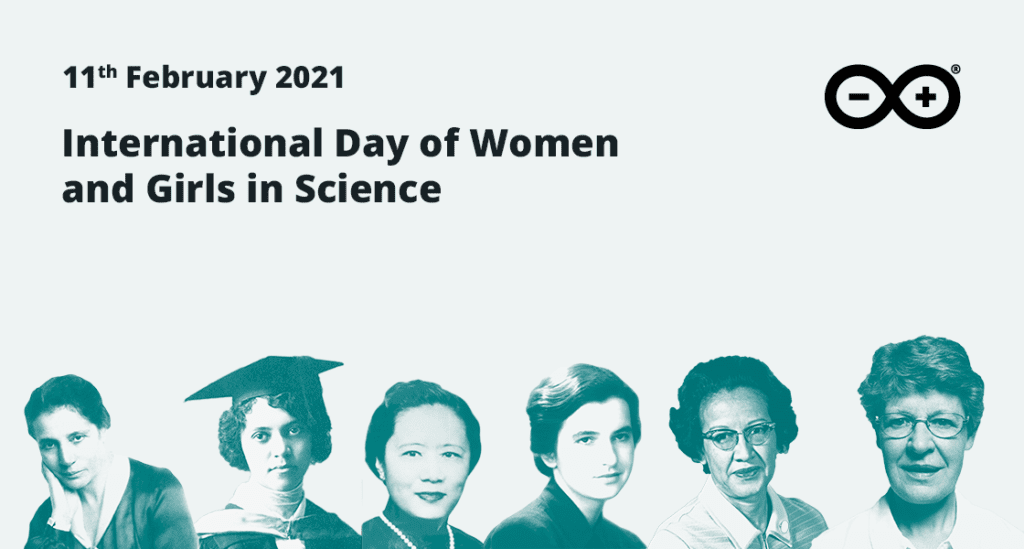Schlagwort: Women STEAM
-

Wired for success: Inspiring the next generation of women in science
Reading Time: 3 minutesDid you know that it’s International Day of Women and Girls in Science on February 11th, 2025? To celebrate this global event, we’re shining a light on the efforts to make STEM more accessible, inclusive, and inspiring for future generations. Let’s dive in! Mind the gap: gender representation in STEM Science and…
-

International Day of Women and Girls in Science: 6 scientists you should know about
Reading Time: 3 minutesScience and technology empower people to change the world. At Arduino, we work every day to make them simple and accessible to anyone regardless of gender, ethnicity, age, background, nationality, and sexuality. Unfortunately, not all contributions are given the same visibility, that’s why we are celebrating the International Day of Women and…

